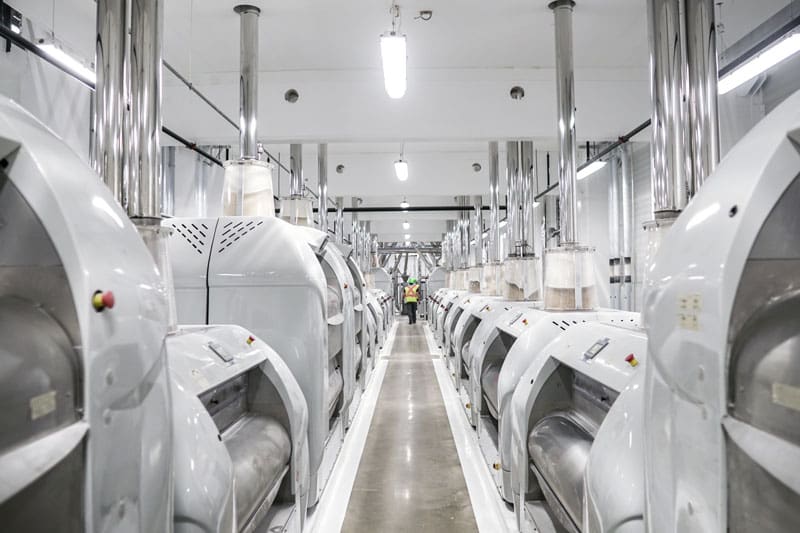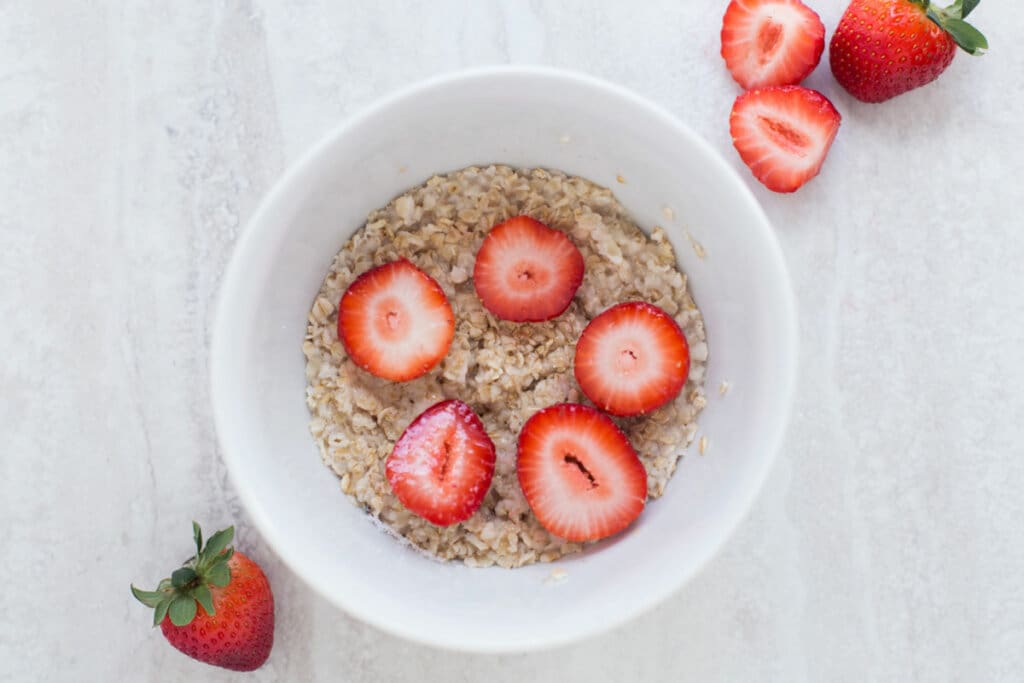Consumer Resources
What is Milling?

Milling is the process of cleaning, tempering, and grinding cereal grains into flour and other milled grain products. Ground grain was one of civilization’s first foods. Ancient methods of grinding can be traced to the Far East, Egypt, and Rome. As early as 6,700 B.C., humankind ground grains with rocks. Water mills did not appear until 85 B.C. in Asia Minor. Windmills appeared between 1180 and 1190 A.D. in Syria, France, and England.
Wheat
Wheat milling is the science of analyzing, blending, grinding, sifting, and blending again, a variety of wheat. The miller analyzes the wheat, then blends it to meet the requirements of the end use. For example, hard wheat flours provide for a variety of bread products; durum semolina and flour are used in pasta. A blend of soft and hard wheats produce Asian noodles. Soft wheats produce an array of crackers, cookies, cereals, cakes, pancakes, breading, and pastries.
Corn
The corn dry milling industry produces a wide variety of yellow and white corn products with the main product categories being degermed corn grits (the germ or embryo of the kernel is removed), corn meal, corn flour, and corn bran. These, in turn, are used in a number of common foods, from breakfast cereals, to snack foods, baked goods, beer, and even pet foods. Dry milled products are also used in such non-food items as building materials, ceramics, pharmaceuticals, paper goods, and textiles.
Oat
Enhance our efforts to connect members to the essential and valuable benefits of being an engaged member of NAMA. Once raw oats are cleaned the next step is the hulling process, where the outer shell (hull) is removed from the inner kernel, called the groat. The hull is removed by large machines that fling the oats against a rubber ring, knocking the hull off without damaging the groat. These groats are then further processed to make edible food products such as rolled oats, steel cut coats, oat bran, and oat fiber.
How is Flour Made?
What’s in a Kernel?
Meet Me at the Flour Mill
Additional Resources
Continue Learning

